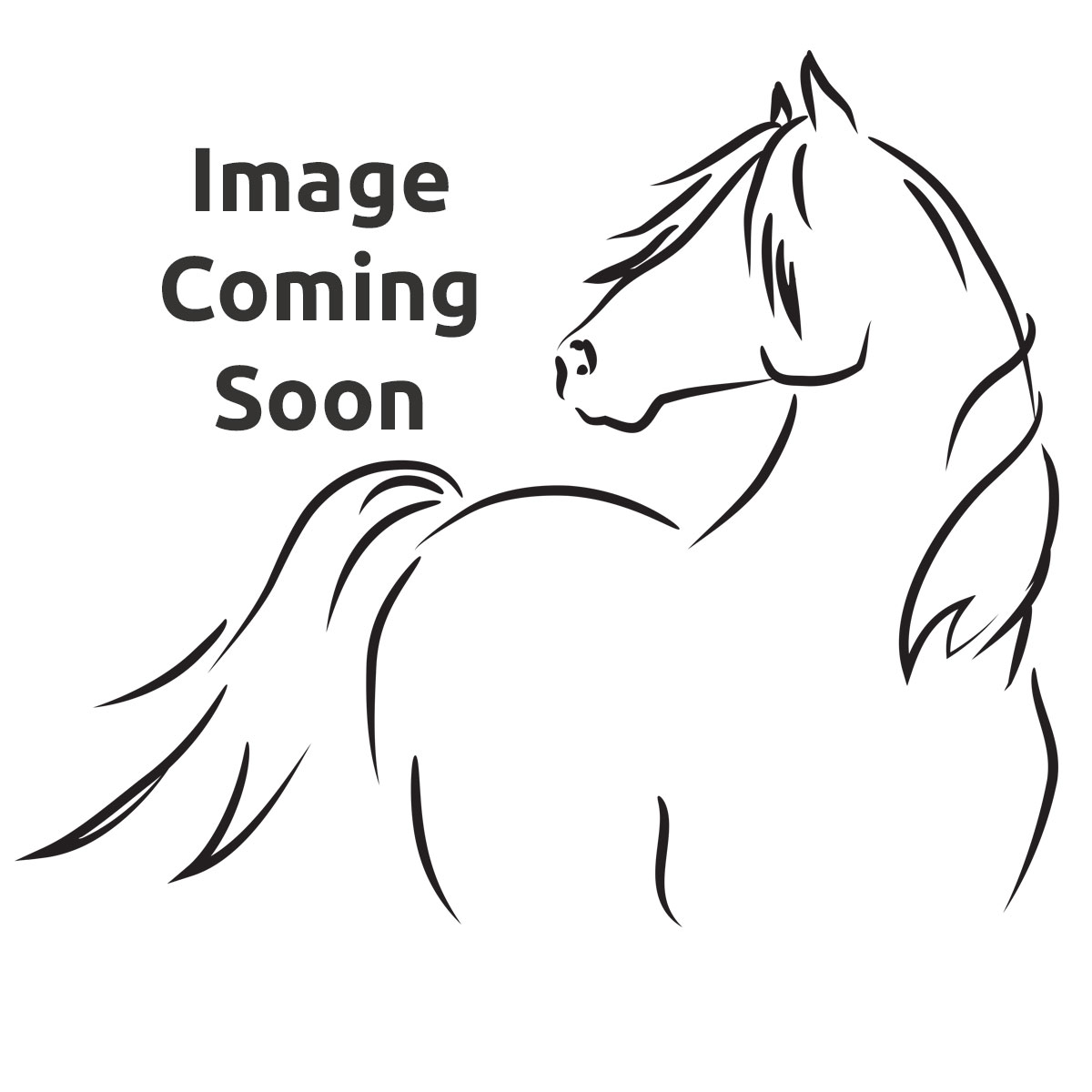Winter horse care does present certain challenges: from feeding properly and ensuring proper intake of water for your horse, to simply completing common barn chores that seem so much more difficult when it’s only 10 degrees outside. One area that can be neglected is preparing your horse for exercise in these frigid temperatures. In northeast Ohio, temperature change occurs gradually over the fall months, so most of our horses are able to naturally acclimate to the cold. Most horses grow thicker coats which will help trap air and insulate them from the cold. However, not all horses can grow nice, thick coats, and sometimes those coats actually work to make our horses colder.


If you are exercising your horse in any discipline during the winter months, you should consider clipping your horse. There are a variety of clipping styles to choose from, including trace clipping, blanket clipping, hunter clips, and a full body clip. While shortening your horse’s coat during the winter months seems counter-productive at first, the advantage is in the cool down period after exercise. According to Marcia Hathaway, PhD and Krishona Martinson, PhD, both from the University of Minnesota, horses should be exercised and turned out winter months to prevent stocking up. However, leaving hot, sweaty horses in a cold barn can very easily lead to illness. Clipping a horse drastically shortens drying time after exercise, or in the event that a horse gets wet during turnout. Check out the Lister Star or Oster Clipmaster for some heavy duty clippers that have the power needed for body clipping. Remember to keep your clipper blades cool and well lubricated while clipping. Plan on purchasing an extra blade or two, and make sure your horse’s coat is clean before you start.


While clipping your horse will help reduce drying time after exercise, consider purchasing a cooler as well if you do not already have one. Covering a hot, sweaty (or just wet) horse with a cooler will help keep it warm while it dries, and a cooler will also help wick moisture away from the horse and shorten drying time even further. Clipped horses, and horses with short coats will require blanketing as well. Blanketing horses begins early for some people. In fact, once the night temperatures start to fall below 60 degrees, some of us start the blanketing process. Always be sure that if you are turning your horse out, your horse has a sheet or blanket designed to be wind, water, and weather resistant. Using a stable blanket for turnout will only lead to a soaked blanket and horse - so keep the stable blankets for inside the stable! Dr. Hathaway and Dr. Martinson also state that “…blanketing a horse is necessary to reduce the effects of cold or inclement weather when:
- There is no shelter available during turnout periods and the temperatures drop below 5°F, or the wind chill is below 5°F
- There is a chance the horse will become wet (not usually a problem with snow, but much more of a problem with rain, ice, and/or freezing rain)
- The horse has had its winter coat clipped
- The horse is very young or very old
- The horse has not been acclimated to the cold (i.e. recently relocated from a southern climate)
- The horse has a body condition score of 3 or less”
We're sure you'll be able to find a combination that will help keep your horse warm and dry all winter long.































































